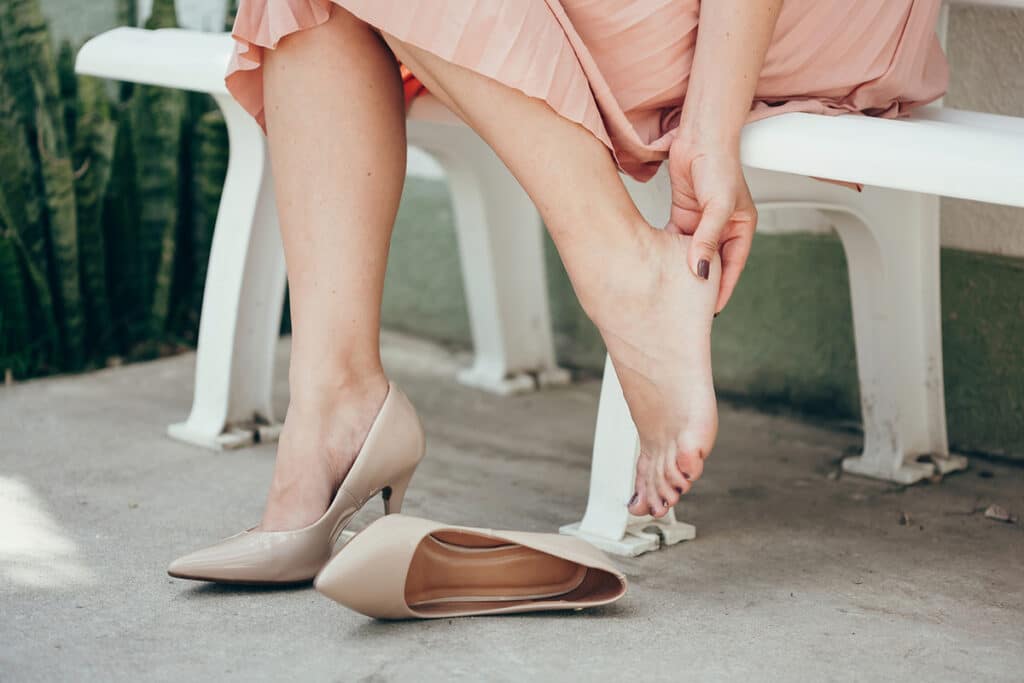
Heel pain is a common issue that afflicts people of all ages. One of the causes of heel pain is heel fat pad syndrome which occurs when the fat pad at the bottom of the heel becomes thinner and less supportive. This can lead to pain, discomfort and reduced quality of life. If you’re currently dealing with heel fat pad syndrome you may be wondering if the pain will go away on its own. In this blog post, we’ll explore the potential causes of heel fat pad syndrome and explain whether or not it can go away without intervention.
First things first, what is heel fat pad syndrome? The heel fat pad is a thick layer of fatty tissue that provides shock absorption and cushioning for the heel bone. When this tissue begins to thin out or deteriorate it can cause pain and discomfort. Some of the most common causes of heel fat pad syndrome include aging, obesity, overuse of the feet and certain medical conditions such as diabetes. If you suspect that your heel pain may be due to heel fat pad syndrome it’s important to seek medical attention from a qualified professional.
Now, let’s get to the question at hand: can heel fat pad syndrome go away on its own? The short answer is no, it typically won’t go away on its own. While some mild cases may resolve themselves over time, more severe cases will require treatment from a medical professional. The good news is that there are a number of effective treatments available for heel fat pad syndrome, including physiotherapy, chiropractic care, and custom-made orthotics. These treatments can help to alleviate pain, restore range of motion, and prevent further damage to the heel.
If you’re experiencing heel pain, it’s important to seek medical attention sooner rather than later. The longer you wait to address the issue, the more difficult it may be to treat. In addition to seeking medical attention, there are a few things you can do at home to help manage your symptoms. These include resting your feet as much as possible, avoiding high-impact activities, and icing your feet regularly.
In some cases, surgery may be necessary to address severe cases of heel fat pad syndrome. However, this is typically a last resort and most people are able to manage their symptoms through non-invasive treatments. If you’re dealing with heel pain, don’t wait to seek medical attention. With the right treatment and a little bit of patience, you can get back to living a pain-free life.
In conclusion, heel fat pad syndrome is a common issue that can cause significant pain and discomfort if left untreated. While mild cases may go away on their own, more severe cases will typically require intervention from a medical professional. If you’re experiencing heel pain, it’s important to seek medical attention as soon as possible to prevent further damage and get back to living a pain-free life. With the right treatment plan and a little bit of patience, you can overcome heel fat pad syndrome and get back to enjoying all the activities you love.
If you have any questions or would like to explore further, please book a free, no-charge online appointment with either myself, Nitin Nair, BPT, R/TRO DIP, PT, or another Kitchener physiotherapist at CARESPACE. We are happy to listen and are here to help!

